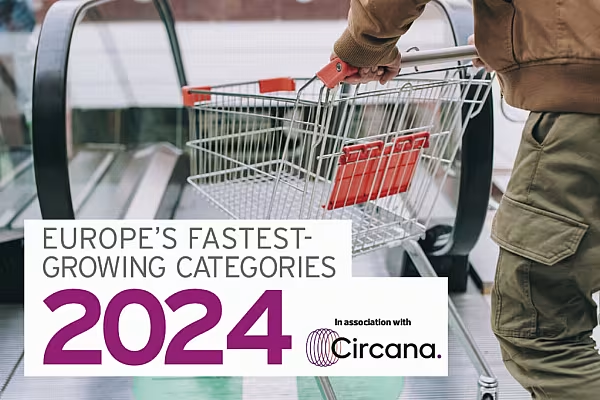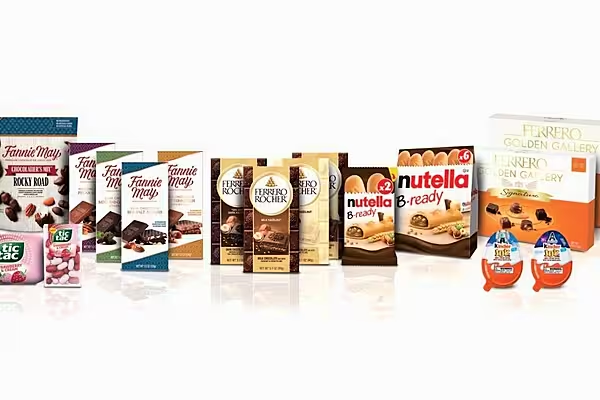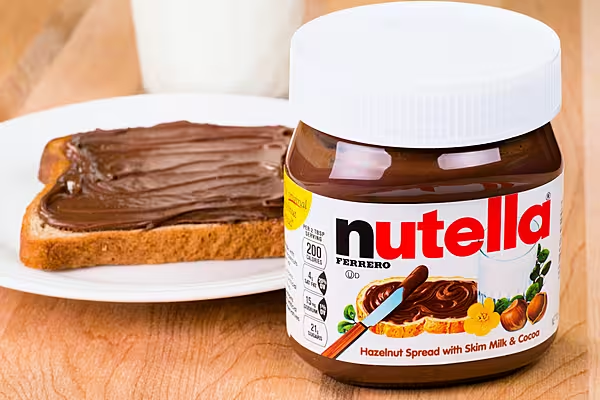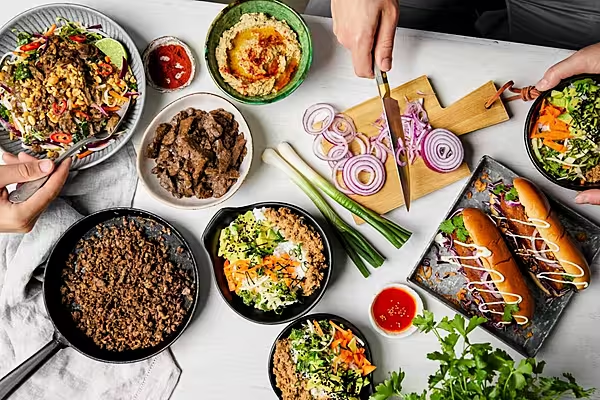Elevated prices shaped German consumers' grocery shopping decisions last year. This article first appeared in ESM's March/April 2024 edition.
It may be Europe’s biggest economy, but Germany currently finds itself in “troubled waters”, according to the country’s economic minister, Robert Habeck, in February, as he revised the growth forecast for the year from 1.3% to just 0.2%.
While business sentiment has improved slightly in Germany, consumer confidence has shown significant declines (dropping to its lowest level for close to a year in February), while recent Federal Statistical Office figures indicate that consumer prices rose by 5.9% on average in 2023, putting pressure on households.
Circana Insights
According to Annika Beyer, director of business insights for food at Circana in Germany, sales growth in macro-categories last year was primarily driven by higher price levels. Across all FMCG categories, Confectionery and Cosmetics/Personal Care exhibited the most dynamic sales growth.
Inflation showed a decreasing momentum, with the FMCG price level also showing a “downward trend, compared to the previous year’s price high,” Beyer explains. Inflation was more pronounced in some categories, she noted, with food products seeing “disproportionately high price increases”, while home and beauty products saw comparatively smaller increases.
Disinflation became evident from the fourth quarter, with the inflation rate growing at a significantly slower pace. The FMCG price level also displayed a downward curve, compared to the previous year’s peak. However, despite declining inflation dynamics, demand in the FMCG market did not recover fully, resulting in a gap between turnover and sales.
Unit sales of daily consumer goods declined at a slower rate than volume sales, suggesting a trend towards smaller pack sizes.
From a new-product development perspective, while non-food and beverage categories saw innovation rates increase in 2023, food producers “launched fewer new products on the market,” according to Beyer.
Key trends in new products include sustainability, ethics and social responsibility, permitted consumption, well-being and self-care, and resistance/performance products. Innovations focusing on well-being and sustainability, among other factors, contributed to above-average growth.
Category Breakdown (data provided by Circana)
Value Sales by Category
| Category | Value Sales (in € billion) | Value Sales Change | Volume Sales Change |
|---|---|---|---|
| Chilled and Fresh | €43.6bn | 7.0% | -0.5% |
| Ambient | €39.0bn | 9.7% | -5.5% |
| Drinks | €20.1bn | 6.3% | -2.6% |
| Alcohol | €16.8bn | 2.9% | -3.4% |
| Frozen | €15.0bn | 9.0% | -1.2% |
| Personal Care | €12.4bn | 11.4% | 1.6% |
| Confectionery | €11.2bn | 9.3% | 8.9% |
| Household | €10.2bn | 4.9% | -0.9% |
| Pet Food | €2.8bn | 12.1% | -4.2% |
| Baby Non Food | €1.1bn | 8.5% | -3.6% |
| Baby Food | €1.1bn | 4.6% | -5.3% |
| Pet Non Food | €0.2bn | 10.0% | -0.4% |
Fastest-Growing Subcategories by Value Sales
| Subcategory | Value Sales Increase |
|---|---|
| Cheese | +€1.305bn |
| Chilled Cut Meat & Sausages | +€563.8m |
| Salty Snacks | +€444.4m |
| Bread | +€417.3m |
| Sweet Pastries | +€393.6m |
| Sport & Energy Drinks | +€348.1m |
| Yogurt | +€266.2m |
| Cola/Cola Mix | +€264.2m |
| Beer | +€255.9m |
| Frozen Ready Meals | +€254.1m |














